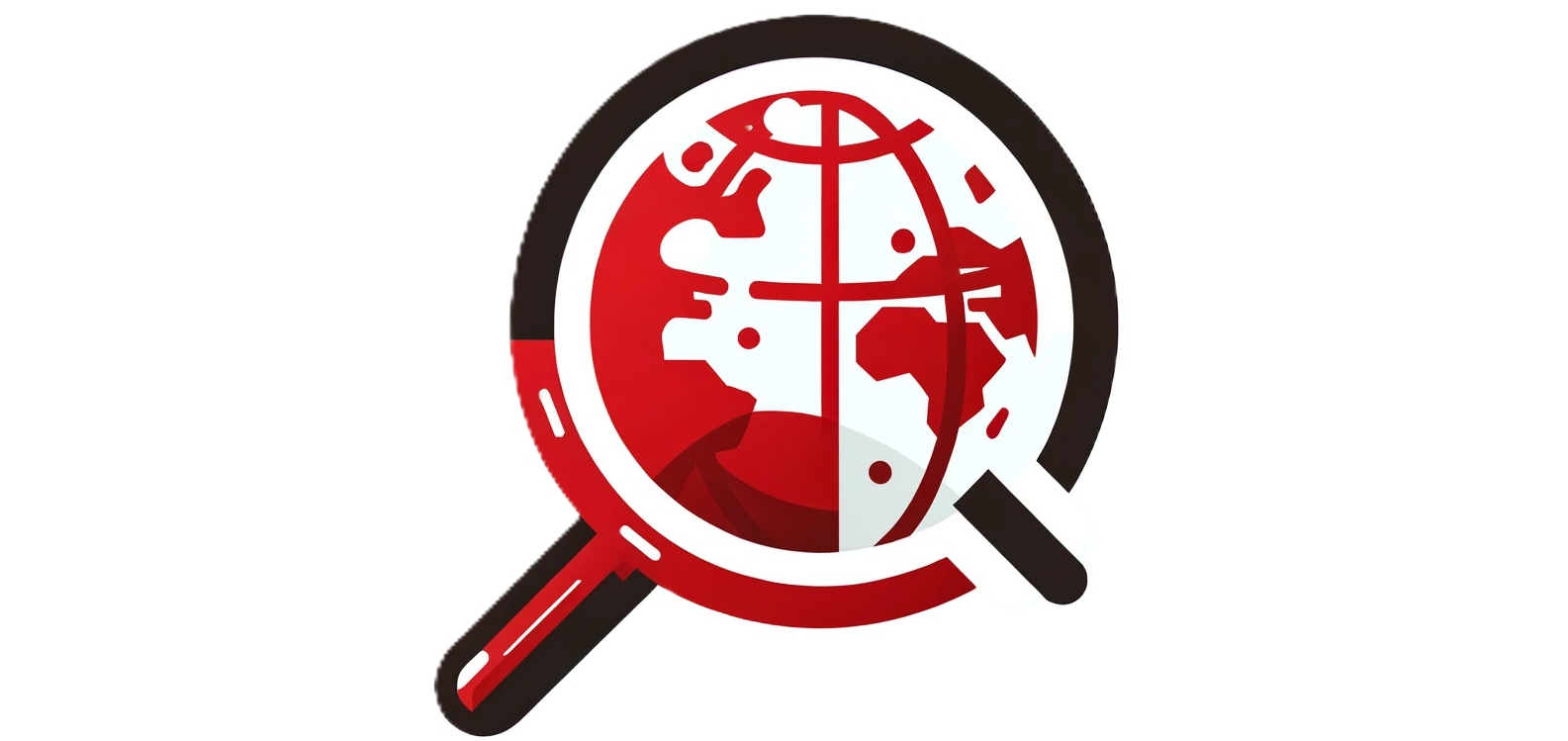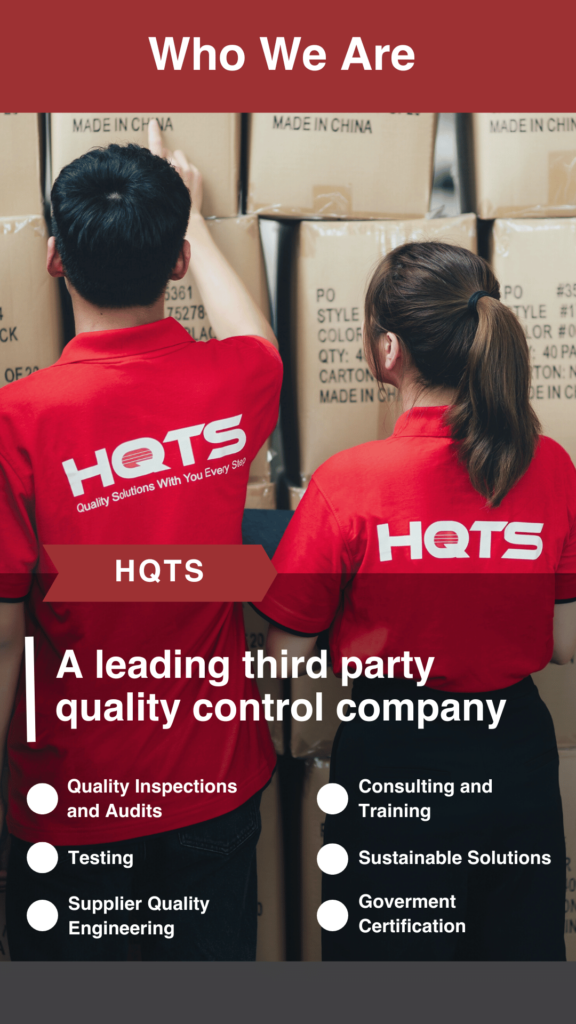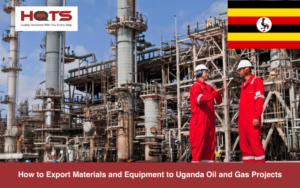Reports indicate that the US toys and games market is worth $ 34.27 Billion in 2022, and it is expected to grow steadily in the next years, some forecast value the US toy and games market in $ 46.18 Billion for 2027. This growth can be attributed to various factors such as changing consumer preferences, evolving play patterns, and the constant introduction of innovative and captivating toy offerings. The US market offers a wide range of toys, from beloved classics to cutting-edge innovations, ensuring there’s something for everyone.
While the US has a robust domestic toy industry, it also heavily relies on toy imports to meet the diverse demands of American consumers. The US imports toys from various countries, reflecting the global nature of the industry. China, with its vast manufacturing capabilities and diverse product range, remains a prominent player in the US toy import market. Additionally, countries such as Mexico, Canada, Japan, and several European nations also contribute significantly to the US toy import market. In the case you are planning to import toys and Children’s Products into the US, it is crucial for you to understand how the regulations around Children’s Product Certificates (CPCs) work.
What is a children’s product certificate?
A children’s product certificate, commonly known as a CPC is a document emited by the importer or the local US manufacturer that verifies the compliance of a product with CPSIA requirements. The Children’s Product Certificate (CPC) ensures that children’s products are safe and do not pose any threats to their well-being. The CPC is requested by US customs, goverment related institution and e-commerce marketplaces.
Product Scope
The CPSIA Children’s Product Certificate covers an extensive range of products specifically created for children. This includes toys of various types, such as dolls, building blocks, puzzles, and electronic gadgets. Essential childcare articles like cribs, high chairs, strollers, and playpens. Juvenile products, including car seats, bicycle helmets, and baby monitors. Children’s clothing and accessories, such as garments, footwear, jewelry, and school supplies.
What is included in the Children’s Product Certificate?
A Children’s Product Certificate (CPC) includes vital information that substantiates a product’s conformity with safety regulations. Key elements typically found in a CPC are:
Product Identification: The certificate begins by clearly identifying the product for which it is issued. This includes details such as the product name, model, date and place of where this product was manufactured.
Manufacturer or Importer Information: The certificate specifies the name, address, and contact details of the manufacturer or responsible party. This ensures transparency and facilitates traceability in case of any safety concerns or recalls.
Testing and Compliance: The CPC provides details of the applicable safety standards or regulations that the product adheres to. It may reference specific regulations, such as ASTM F963 for toys or CPSIA for general children’s products, along with the test methods employed.
Test Results and Lab Documentation: The certificate includes information on the specific tests conducted on the product, along with the information of the lab. This documentation serves as evidence that the product has undergone thorough assessment for potential hazards.
How to obtain the CPSC Children’s Product Certificate?
Obtaining a CPSC Children’s Product Certificate involves several key steps to ensure compliance with the safety regulations set by the Consumer Product Safety Commission (CPSC). By following these steps, manufacturers and importers can demonstrate that their children’s products meet the required safety standards:
- Engage CPSC-Accepted Laboratories: It is crucial to work with CPSC-accepted third-party testing laboratories to conduct the required tests. AQM BD laboratories have been approved by the CPSC and possess the expertise to evaluate products according to the CPSC’s safety guidelines. Test reports from our accredited laboratories will be a crucial component of the Children’s Product Certificate.
- Conduct Product Testing: The first step is to perform comprehensive testing of the children’s product to ensure it meets the specific safety requirements outlined by the CPSC. This involves assessing various aspects such as physical and mechanical properties, chemical composition, flammability, and potential choking hazards.
- Compile Documentation: Manufacturers and importers must compile all the necessary documentation, including the test reports, technical files, and other relevant information related to the product’s safety. This documentation should accurately represent the product’s compliance with the applicable safety standards and regulations.
- Create the Children’s Product Certificate: Using the compiled documentation, the manufacturer or importer can then create the Children’s Product Certificate. This certificate should include essential details such as the product’s identification, the name and address of the responsible party, the applicable safety standards, and references to the test reports or other supporting documents.
- Maintain Records: It is crucial to maintain proper records of the Children’s Product Certificate and all relevant documentation for at least five years, as required by the CPSC. These records may be requested by the CPSC during audits or inspections to verify compliance.
Common Questions
Is it CPC mandatory for Amazon?
Amazon, as a responsible marketplace, expects sellers to provide evidence of compliance with applicable safety standards. So, yes Children’s Product Certificate (CPC) is mandatory for selling children’s products on Amazon.
Can an overseas supplier issue the CPC?
No, an overseas (non-US) supplier cannot issue a Children’s Product Certificate (CPC) specifically for the Consumer Product Safety Commission (CPSC) in the United States. The CPSC requires that the CPC be issued by a responsible party (manufacturer or importer) located within the United States.
Is laboratory testing mandatory?
Yes, laboratory testing is mandatory for obtaining a Children’s Product Certificate (CPC), the product must undergo testing by an accredited third-party testing laboratory. AQM BD laboratories have been approved by the CPSC and can help you to evaluate products according to the CPSC’s safety guidelines.





